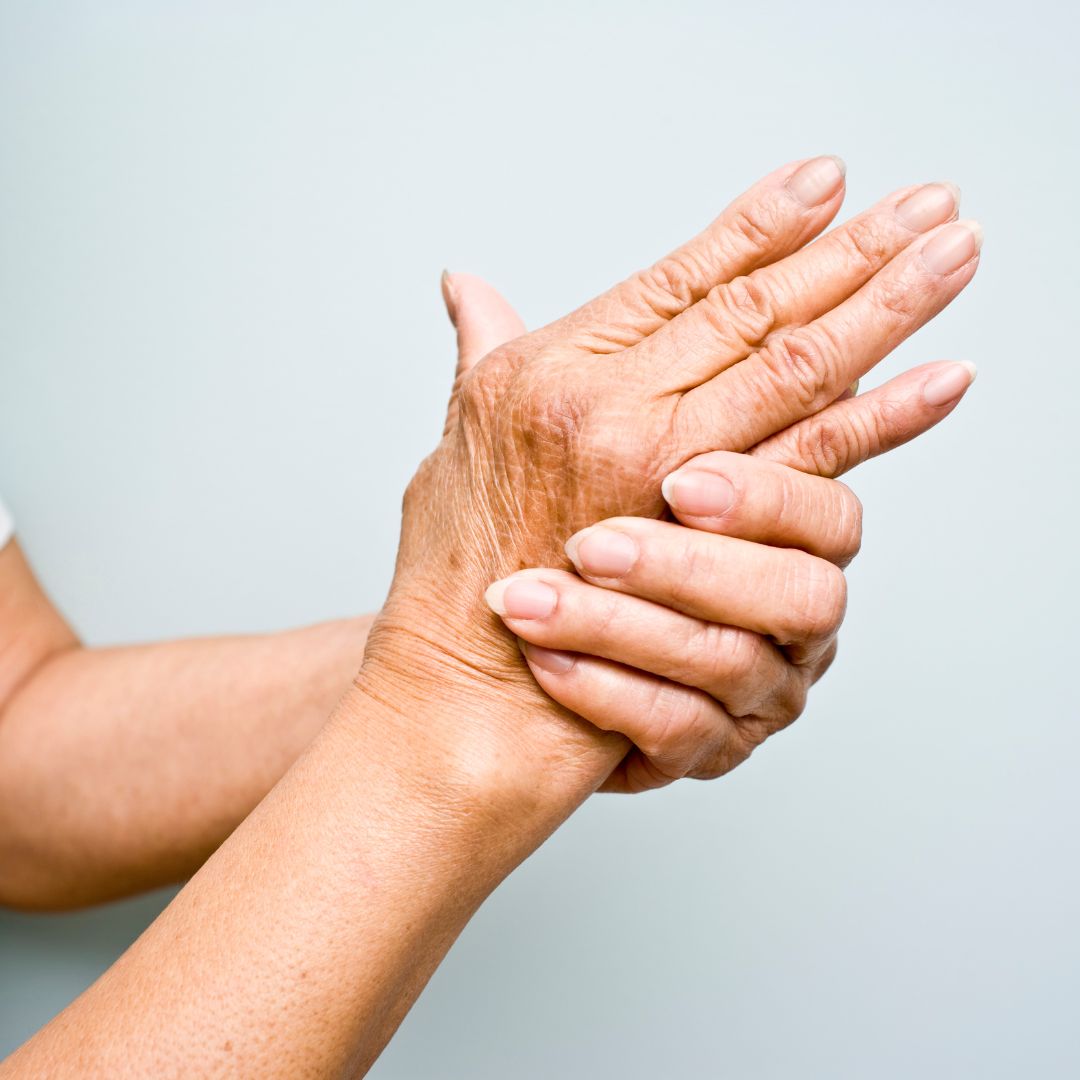When you think of the condition, psoriasis, you most likely think of itchy, red, scaly patches on your skin. The last thing that comes to mind would be symptoms of arthritis, a disorder that causes pain in the joints from inflammation. However, both conditions coexist in a complex relationship known as psoriatic arthritis.
And it’s more prevalent than you would imagine. Currently, it is estimated that 125 million worldwide suffer from psoriasis, and 30 percent of those individuals will develop psoriatic arthritis, a form of inflammatory arthritis that affects both the skin and joints.
What Are the Symptoms of Psoriatic Arthritis?
Psoriatic arthritis symptoms are similar to arthritis in terms of joint pain, but keep in mind that it is first caused by psoriasis. Symptoms do differ from person-to-person, and many vary in severity. Psoriatic arthritis symptoms might include:
Joint Pain and Stiffness: Pain, swelling and stiffness are prominent with this condition and can affect joints through the body including psoriatic hands, fingers, toes, knees, ankles, and spine. The pain is often worse in the mornings and after periods of inactivity.
Skin Changes: As we discussed above, those suffering with psoriatic arthritis usually have psoriasis as well. This can result in red, scaly, and sometimes itchy patches of skin that may appear anywhere on the body, including the scalp and nails.
Fatigue: Psoriatic arthritis causes chronic inflammation, and the body’s response can cause a person to become severely fatigued.
Changes in the Nails: Those suffering with psoriatic arthritis nails may experience changes such as pitting (small dents), ridges, discoloration, and separation of the nail from the nail bed.
Pain In the Eye: Psoriatic arthritis can cause inflammation in the eyes, resulting in redness, pain, and vision changes.
The Connection Between Psoriasis and Joint Inflammation
Both psoriasis and psoriatic arthritis share in common that they are autoimmune by nature. Unfortunately, both conditions involve the immune system mistakenly attacking healthy cells, leading to inflammation that creates various symptoms. For psoriasis that looks like the characteristic skin plaques, and with psoriatic arthritis, the immune system also attacks the joints.
Sadly, these two chronic conditions can overlap, making it challenging for the individual who is suffering.
Risk Factors for Developing Psoriatic Arthritis
As we discussed above, 30 percent of those suffering from psoriasis do end up with psoriatic arthritis as well. There are also certain risk factors that may increase the likelihood of psoriatic arthritis. Those include:
Family History: Genetics do play a part. Those who have family members that have psoriasis or psoriatic arthritis are at greater risk.
Obesity: Excess weight can increase the risk of developing psoriatic arthritis, and it can also worsen the severity of the disease in those who already have it.
Smoking: Smoking has been known to increase your risk of psoriatic arthritis.
Infections: Infections such as streptococcal throat infections may trigger the development of psoriatic arthritis in individuals with a genetic predisposition.
Autoimmune Factors: Psoriatic arthritis is an autoimmune disorder, and individuals with other autoimmune conditions, such as rheumatoid arthritis or lupus, may have an increased risk of developing it.
Diagnosis and Treatment Options
Psoriatic arthritis can be tricky when finding a diagnosis since it mimics other forms of arthritis. However, early diagnosis of psoriatic arthritis is crucial to prevent joint damage and improve the quality of life for affected individuals.
This is why it’s important to consult with your doctor as soon as you experience symptoms. Once diagnosed, psoriatic treatment options include:
Medication: Psoriatic arthritis medicines include nonsteroidal anti-inflammatory drugs (NSAIDs), disease-modifying antirheumatic drugs (DMARDs), and biologic therapies are commonly prescribed.
Physical Therapy: Physical therapy aims to improve joint mobility, reduce pain, enhance muscle strength, and help you maintain a better quality of life.
Lifestyle Modifications: Maintaining a healthy weight, incorporating exercise, avoiding smoking, and managing stress can have a positive impact on psoriatic arthritis symptoms.

Natural Treatment and Topical Options: Our natural joint pain relief quickly alleviates minor aches and pains of muscles and joints associated with arthritis.


